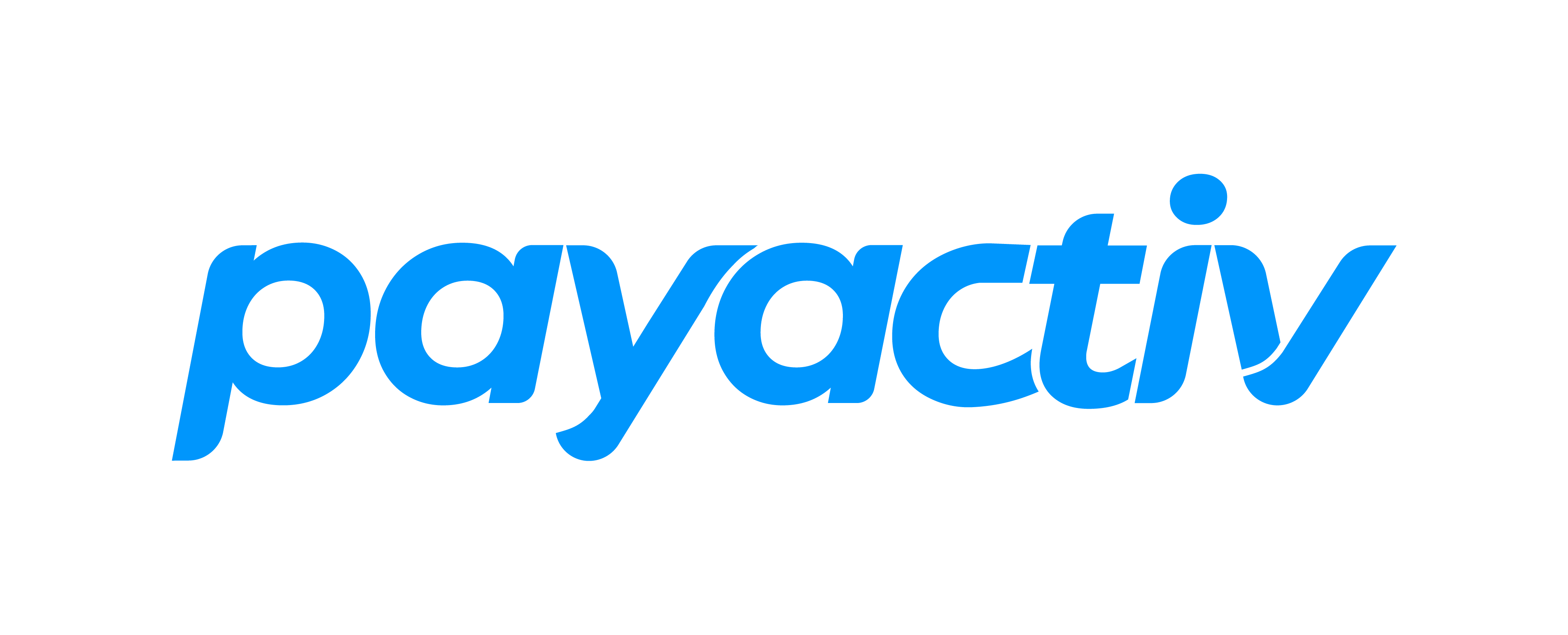With the cost of living in Canada becoming more expensive over the past few years, it’s been more challenging to budget and plan accordingly for expenses. Many Canadians are sinking into debt with concerns about getting back on track.
According to recent data, Canadian consumer debt reached an all-time high in the first quarter of 2023. TransUnion announced that the debt Canadians accumulated had reached $2.32 trillion.
If you’re one of the many Canadians struggling with debt, here are a few steps to help you get back on track.
Step 1: Make a List of All the Money You Owe
Before tackling your debt, you should know where you stand financially. Listing all the money you owe can help you visualize the payments you must consistently make.
Here’s what you’re going to want to track:
-
- The kind of debt. Your debt will range from credit card debt to student loans, car payments, and more.
-
- The balance on the debt. How much do you owe on this debt in total?
-
- The interest rate. What’s the interest rate like at the moment?
-
- The minimum monthly payment. How much are you paying per month?
Step 2: Consider Consolidating Your Debt
Consolidating your debt brings your debt under one umbrella, so you only have to make one payment instead of multiple payments. Many banks and financial institutions offer consolidation loans, helping you simplify your financial system.
Step 3: Make a Plan to Tackle Your Debt
Once you know how much you owe and where to make your payments, it’s time to create a plan for tackling this debt. There are various strategies when it comes to paying down your debt, but the two most common options are:
-
- Tackling the highest-interest debt first. The goal is to go after the high-interest debt first to avoid accumulating so much interest.
-
- Pay off a small balance for a financial win. You can gain momentum by paying off your smallest balance first.
It doesn’t matter what strategy you choose for paying down your debt as long as you make a plan that you can realistically stick to.
Step 4: Review Your Budget
As you’re paying down your debt, look over your budget to see if there’s any space for additional cuts. The goal is to find an expense you can do without, then shift the money from that expense to paying off more debt.
If your budget is tight and you don’t have enough money until the next payday, try accessing your earned wages* with Payactiv to avoid sinking further into credit card debt.
Step 5: Contact Your Creditors
As you pay down your debt, you can contact creditors to see if they can give you a break on the interest rate. You can often negotiate a lower rate with credit card companies or lenders. It’s worth a shot because every interest rate deduction you get means you can pay off your debt sooner.
Step 6: Remain Patient While Focusing On Your Goal
Paying off debt can sometimes get stressful, but there’s a light at the end of the tunnel. It’s important to remain patient—the journey will be worth it when your debt is paid off and you can focus on building wealth.
